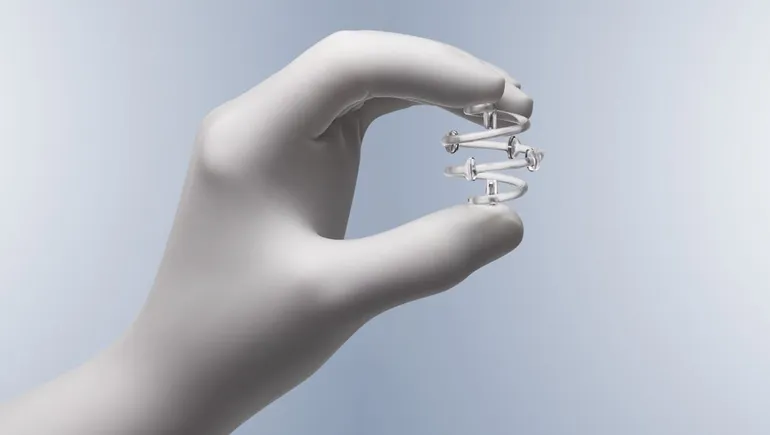Dive Brief:
- The Food and Drug Administration has warned healthcare providers about the potential risk of serious complications linked to Hologic’s Biozorb Markers.
- FDA officials sent the safety communication Tuesday in response to reports that the radiographic markers can move out of position, break through the skin and cause other complications. The FDA is reminding physicians of the authorized indications and advising them to monitor patients.
- Hologic, which has published an undated safety notification about potential complications with Biozorb products, is fighting lawsuits against 84 plaintiffs who claim they sustained injuries related to the implants.
Dive Insight:
Focal Therapeutics, which Hologic acquired for $125 million in 2018, received 510(k) clearance for its Biozorb tissue marker in 2012. The FDA cleared Biozorb LP Marker, a low profile version of the implant, in 2015. Both devices are designed to enable healthcare professionals to mark sites in soft tissue where a patient needs radiation to treat cancer and feature a resorbable plastic component that should dissolve “in one year or longer.”
Physicians have reported complications in recipients of the Biozorb devices. In January 2021, physicians published a case report about a patient in whom the implant “eroded through her skin at the border of the nipple.” The patient experienced recurrent infection and pain before the device was removed. Later that year, other physicians published their own set of case reports, including a description of an implant that “eroded through the skin … resulting in an open wound.”
The FDA safety communication references reports of erosion and devices moving out of position in the scientific literature, as well as adverse events in its own database. The adverse event reports describe infection, fluid buildup, pain and other complications “possibly associated with extended resorption time,” and patients needing additional medical care to remove devices. In some cases, the resorbable part of the device has stayed in the body “for several years,” the FDA said.
In response to the reports, the FDA has reminded physicians that the implants are not cleared “to fill space in the tissue or to improve cosmetic outcomes after procedures.” The authorized use is limited to radiographic marking. FDA officials are advising healthcare professionals to discuss the benefits and risks of the implants and monitor recipients for signs of adverse events.
Hologic shared the same advice in its medical device safety notification.
Plaintiffs in the lawsuits filed against Hologic allege they suffered side effects that were not disclosed in the Biozorb instructions for use. Hologic told investors in a February financial filing while it “believes it has valid defenses and plans to vigorously defend its position, litigation can be costly and unpredictable, and at this early stage the Company cannot reasonably assess the outcome of this matter.”
One complaint has a tentative trial date of November 2025, according to the filing. The remainder of the complaints were filed in the U.S. District Court for the District of Massachusetts, with no trial date yet set.

